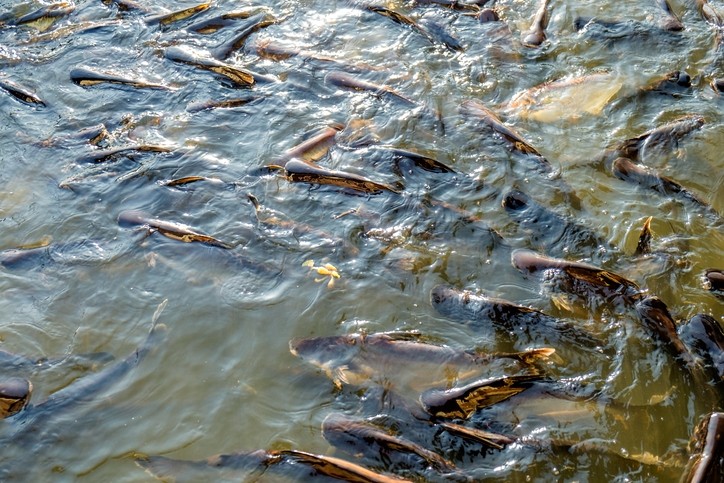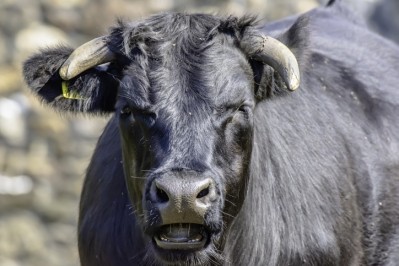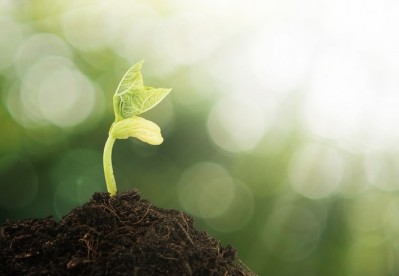Insect frass boosts catfish feed intake, weight gain

A team of researchers from the US Department of Agriculture’s (USDA) Agricultural Research Service’ Aquatic Animal Health Research Unit explored the use of frass generated by black soldier fly larvae in the diets of channel catfish. The study was published in the journal Aquaculture Nutrition
“The overall purpose of this study was to evaluate the influence of dietary inclusion of frass from black soldier fly larvae, Hermetia illucens, at various levels on growth performance, feed utilization and body proximate and mineral composition of channel catfish,” the researchers said.
The researchers found that adding levels of frass from 100 to 300g/kg increased the final weight gain. Fish receiving the control diet had the lowest feed intake, while those receiving the diet with 300g/kg frass ate the most.
However, fish eating feeds with 200g/kg frass or higher levels had a reduction in feed and protein efficiency compared to fish on the control diet, they said. Whole-body composition, mineral content and fish survival were not influenced by the including of frass in the diet.
“Black soldier fly larval frass has potential as a protein source or just an ingredient for enhancing palatability of catfish diets,” the researcher said.
Aquafeed ingredient challenges
Aquaculture is a rapidly growing industry and farm-raised channel catfish are the largest sector within the aquaculture industry in the US, the researchers said. Production accounts for about $400m annually.
However, one challenge catfish producers continue to face is finding inexpensive and environmentally responsible alternatives for fish meal and fish oil, ingredients included in most aquafeeds, they said. Feed costs can be 50-60% of the total costs for commercial catfish producers.
Soybean meal is also a common ingredient in catfish diets along with other protein and energy ingredients including cottonseed meal, dried distillers’ grains with solubles (DDGS), cornmeal, wheat middlings, meat and bone meal and corn gluten, they said. But, plant-based ingredients tend to have lower protein content, unbalanced essential amino acid profiles, antinutritional elements and reduced palatability.
Insects have gained attention as potential protein ingredients for several livestock species, and recent research has explored the use of insect-based protein meals as a sustainable alternative to conventional protein sources in aquaculture diets, the researchers said.
Why explore insect frass use in catfish diets?
Insect species like the black soldier fly can be mass produced and larvae can be raised on organic waste products then included in fish diets as a protein source, the researchers said.
“Further, compared to conventional animal protein, the propagation of insects seems to be more environmentally friendly and has several advantages, including the capability of being reared on discarded organic by-products with low water input, lower greenhouse gas emissions, water pollution and land use,” they said.
However, once larvae have been harvested there are large amounts of waste or insect frass left behind, they said. “Frass is the left-over product from growing black soldier fly larvae, typically fed distillers’ dried grains with solubles containing about 200 g kg-1 protein and abundant beneficial nutrients as well.”
Previous research has explored the use of frass with plants and suggested that it could be a biofertilizer, they said.
“However, because the quality of frass may be significantly affected by the type of insect substrate, broad generalizations regarding the effects of frass may not be possible,” the researchers said. “Although it is often assumed that frass may find widespread utilization as a biofertilizer, to date, little to no research has yet been conducted to investigate the effect of frass as an ingredient in animal diets including fish.”
Feeding trial details
In the feeding trial, channel catfish fingerlings received one of five trial diets for a period of 10 weeks, the researchers said.
A basal diet was designed to include 315g/kg crude protein and 62g/kg lipid, they said. That diet was supplemented with one of five levels of frass – 0, 50, 100, 200 or 300g/kg – as a partial replacement of crude protein.
Fish feed intake and weight were recorded during the trial, they said. At the end of the trial, a selection of fish on all diets was collected to check whole-body proximate composition, mineral content and moisture content.
Fish livers were gathered from fish on each diet to assess the hepatosomatic index, they said. Mean final weight gain, the feed efficiency ratio (FER), feed consumption, protein efficiency ratio (PER), protein and lipid retention and survival were all determined.
Results
Overall, adding 100 g/kg frass to fish diets increased weight gain and did not alter feed or protein efficiency, the researchers said. Frass generated by black soldier fly larvae raised on DDGS provides enough protein to be a protein source in the feed.
“Weight gain was significantly higher after 10 weeks of feeding with the 100 g/kg and higher frass diet,” they said. “This growth improvement was correlated with a significant increase in feed intake. The improved growth was likely due to higher feed intake, but other processes may have been involved.”
Feed intake and weight gain increased linearly as more frass was added to the diet, but FER, PER and protein retention linearly decreased, they said. Fish receiving a diet with 200g/kg frass had the highest weight gain and increasing the inclusion to 300g/kg did not further improve growth performance.
It is unclear why increased feed intake and higher levels of dietary frass tended to decrease feed efficiency, they said. “Using frass in the feeds increased voluntary feed intake, indicating increased palatability of the frass-based diets for channel catfish, since palatable diets increase the time required to reach satiety,” they added.
However, there may be higher levels of indigestible compounds like chitin and inorganic minerals, the researchers said.
Lipid retention and fish survival tended to be similar across diets – although there appeared to be a trend of higher lipid retention with additional dietary frass, they said.
“Analysis of whole-body proximate composition and hepatosomatic index (HSI) of channel catfish did not reveal any significant differences among dietary treatments,” the researchers said. “On a wet weight basis, percentages of lipid, ash and protein were statistically similar across all dietary treatments.
“Similarly, dietary levels of frass up to 300 g/ kg had no influence on whole-body mineral content of fish,” they added.
Iron levels in the liver increased as more frass was added to the diet, but only fish on the 300g/kg diet were significantly different, they said.
Source: Aquaculture Nutrition
Title: Nutritional value of frass from black soldier fly larvae, Hermetia illucens, in a channel catfish, Ictalurus punctatus, diet
Authors: M. Yildirim-Aksoy, R. Eljack, and B.H. Beck
DOI: https://doi.org/10.1111/anu.13040














